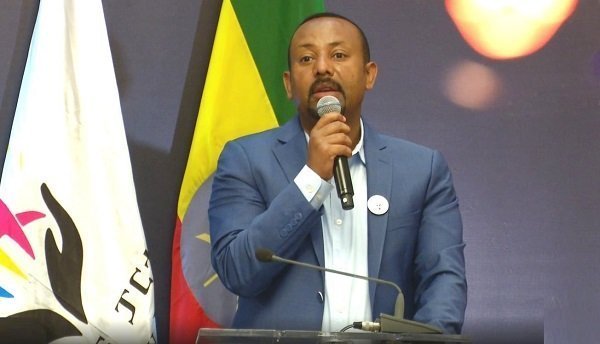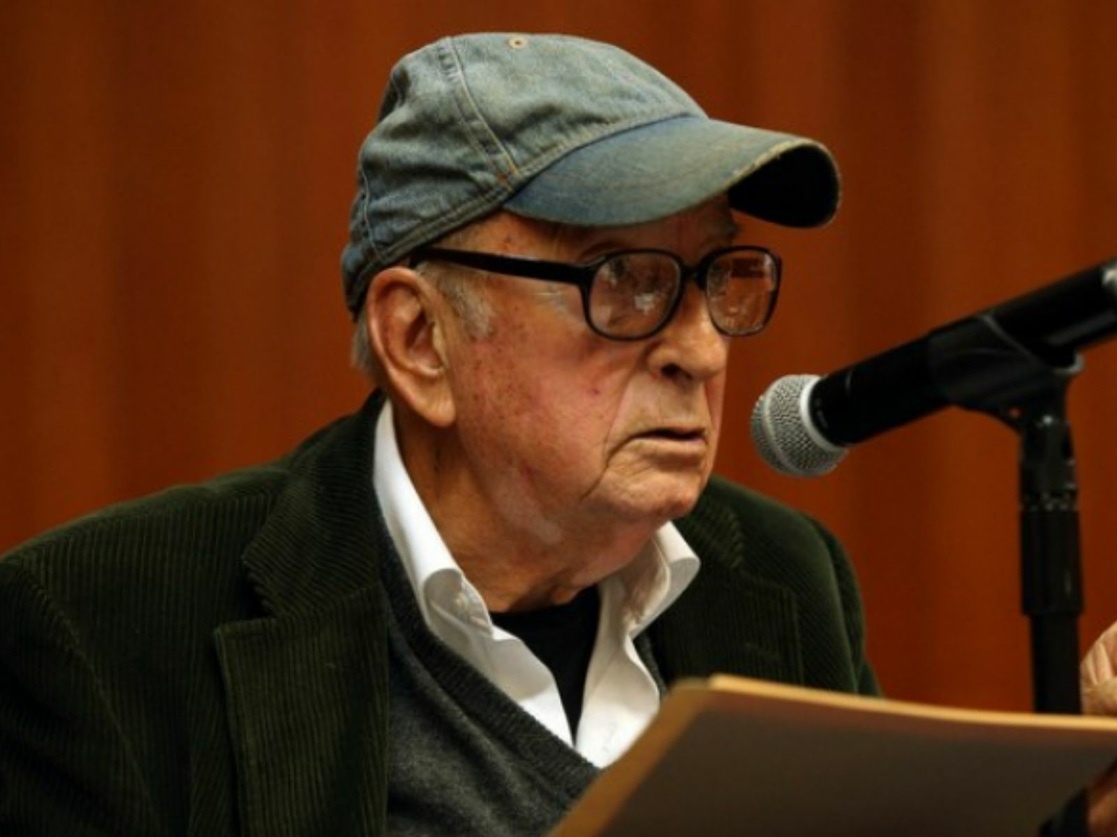
Abiy Ahmed, Prime Minister of Ethiopia and head of his self created Prosperity Party, to many rather than bringing a new vision which encourages development of a universally accepted national unity has instead re-aggravated old flames. His inability to escape internal colonialism, a recurring theme in Ethiopian politics, may be the straw that broke the camel’s back in breaking up the Ethiopian empire.
The rise of Abiy Ahmed was propelled first by the strong calls for inclusivity of the Oromia who make up at least 30% of the Ethiopian population in government. However the initial enthusiasm in cooperation was tempered when a division of the goals developed between many Oromia leaders and the Prime Minister was created. The Prime Minister switched allegiances to the Amhara elites who argued for a more traditional Amhara led model of government giving more power to the central government and less to the regional states. Even though currently the Tigray “rebellion” gets the most national attention there now opposition groups many of which are carrying out armed insurrection in most of the regional states of Ethiopia.

Internal colonialism is a reoccurring theme in the struggle for control of the Ethiopian federal state. We often hear the term colonialism and see it most commonly applied as an external phenomena referring to the history of European powers attempts to colonize and control African states over the past two centuries but internal colonialism especially in the case of the Ethiopia, a country which claims it has never been colonized by an outside nation, is one of the dominant forces against sustainment of peace in a empire of many nations.
In 1925 Adolph Hitler described the concept that Germany as an integral part of Europe, had the right to acquire adjacent lands that were poorly utilized and under populated as a result of the unfair treaties ending World War I in 1925. He saw his ethnic group as a part of greater Europe who by right of superiority which was inherent in their nationality had not only the right but the obligation to take control of his neighbors. A description of this type of justification for political action would wait until many years later.

Although first used briefly to describe the situation in South African apartheid in 1957 this concept becomes well defined by the Mexican sociologist, Pablo González Casanova, in his 1965 book, Democracy in Mexico where he defined internal colonialism as a result of the structure of social relations and exploitation between heterogeneous cultural groups. Although the term is named “internal” he notes the effect of outside powers global and regional does have an effect on this interaction. Traditional social struggle theory as one between classes such as in Europe and the United States is not the only relevant or maybe even predominant factor. Patrimony and oligarchy tend to develop in the push to create strong capitalist systems to engender economic viability of the state. Paulo Henrique Martins , French scholar has described that there is a relationship between social, political, and intellectual imagery that develops and helps steer political action by the dominate group over the lesser ones.
A well known phenomena commonly seen in developing countries as noted by the World Bank is that their capital cities tend to develop much faster then the rest of the country. I have written about how the Addis Ababa identity differs significantly than that of the rest of the Ethiopia. Peter Calvert has described how this accelerated growth of cities and its effects on the surrounding area becomes the center of power, identity, and social action. It should be noted that Ethiopia is most rural country in world (90%) such that Addis Ababa with a population of 4 million in a country with 110 million represents barely 0.4% of the population. As I have previously written the growth of other cities and universities is beginning in other regional states but they have little political impact.
Ethiopia was ruled by Amharic royal for centuries until attempted coups began in 1960 ultimately leading to a socialist communist takeover in 1974 called the “Derg” or worker’s party which was heavily supported by the Soviet Union. It was quite repressive although ideally not specifically linked to any particular ethnic group. Then a popular uprising revolted against the Derg leading to new leadership lead by the Tigray Liberation Peoples Front in cooperation with other ethnic fighter groups. Following the death of Melez Zenawi in 2012 uprisings in the Oromia and Amhara regions eventually lead to the placement of Abiy Ahmed, a half Oromia, half Amhara as the Prime Minister in 2018.
Although initially promising free speech, welcoming of opposition groups, political prisoner release, free press, and creating a new political party based upon a unifying national identity all was short lived. He went on to imprison Oromia allies who helped bring him to power, made dissent illegal by person or press, outlawed the leaders of the Tigray regional state calling them terrorists and finally invaded Tigray with the help of an old enemy Eritrea.
When you look at Ethiopia it is a tough region in which to thrive. There is very little water for agriculture and very little land which is really productive for food. The term internal colonialism was used by Oromia opposition groups against the TPLF during their dominance as they felt the federal government was interfering too much in land use and distribution decisions. Similarly the area of Western Tigray which is also very fertile has increasingly been claimed by Amhara elites.
As I previously discussed there has never been a strong claim of a national unity except by the Amhara peoples. Many other groups continue to claim national ethnic identity that trumps their Ethiopian identity. Those who are more educated and/or spent significant time living or being in university in Addis Ababa are more likely to see their Ethiopian identity over their regional one.

Meles Zenawi the late leader of the TPLF developed the concept of the democratic developmental state. This was based in large part in how South Korea recovered following World War II and the Korean conflict where at first their was a military oligarchy that had a first priority to create an infrastructure and lead business initially but then over time would allow more economic Ethiopian People’s Revolutionary Democratic Front (EPRDF). freedom of private interests but with significant government input. Although there was a vision of a coalition of nations in forming the government via Ethiopian People’s Revolutionary Democratic Front (EPRDF) Meles realized that there was in fact a danger of internal colonialism taking root. The argument of one nation versus a confederation of nations was continued by opposition groups which magnified upon his death in 2015.

